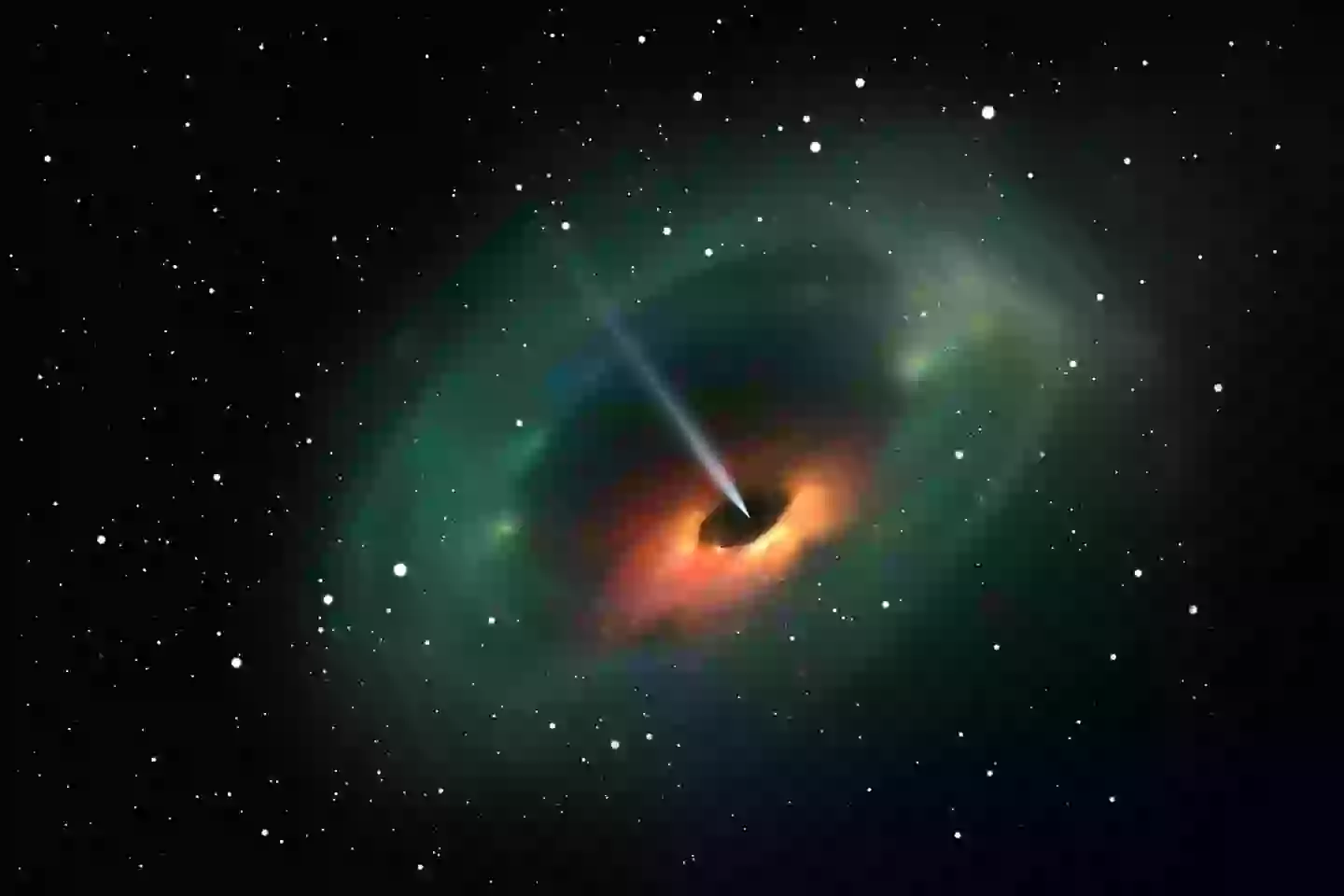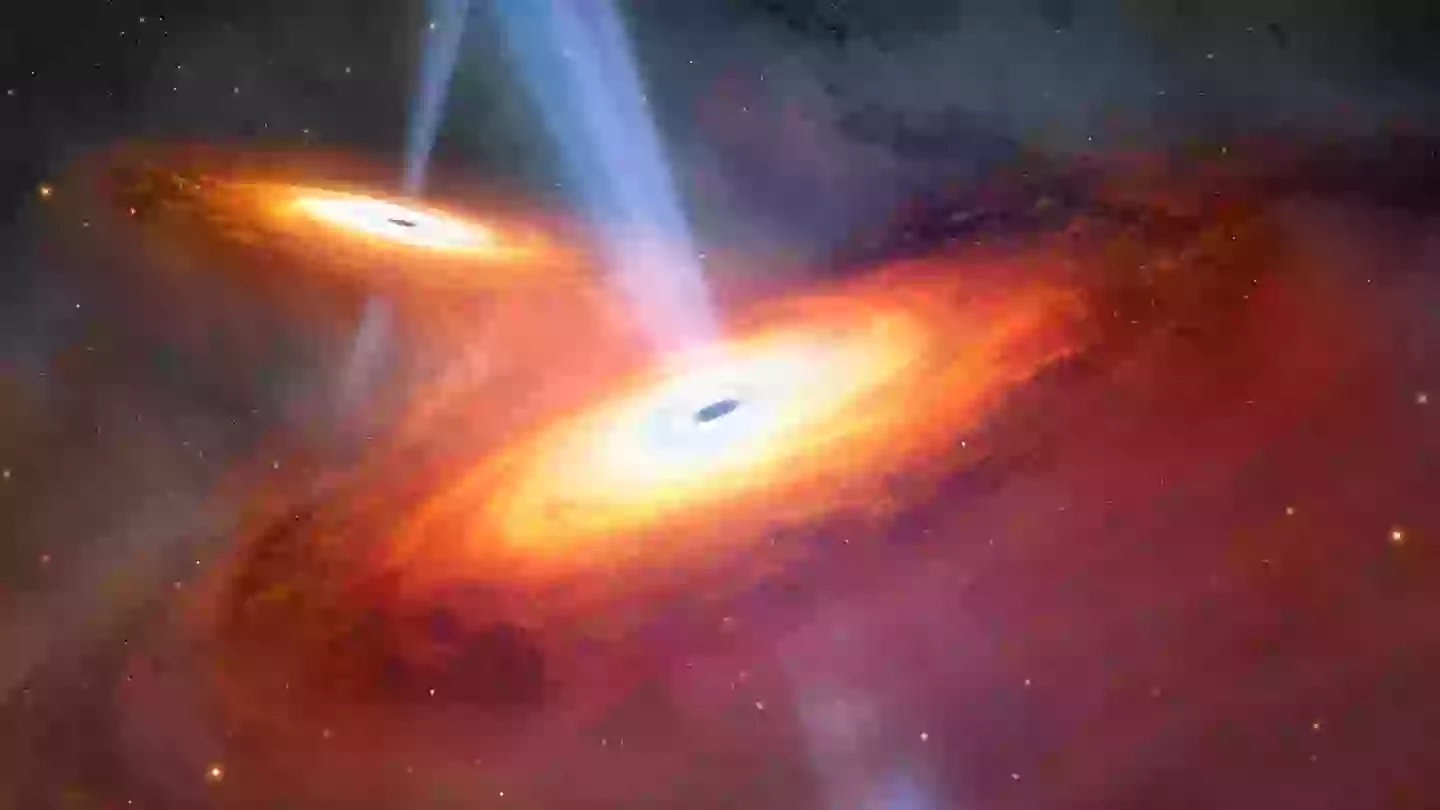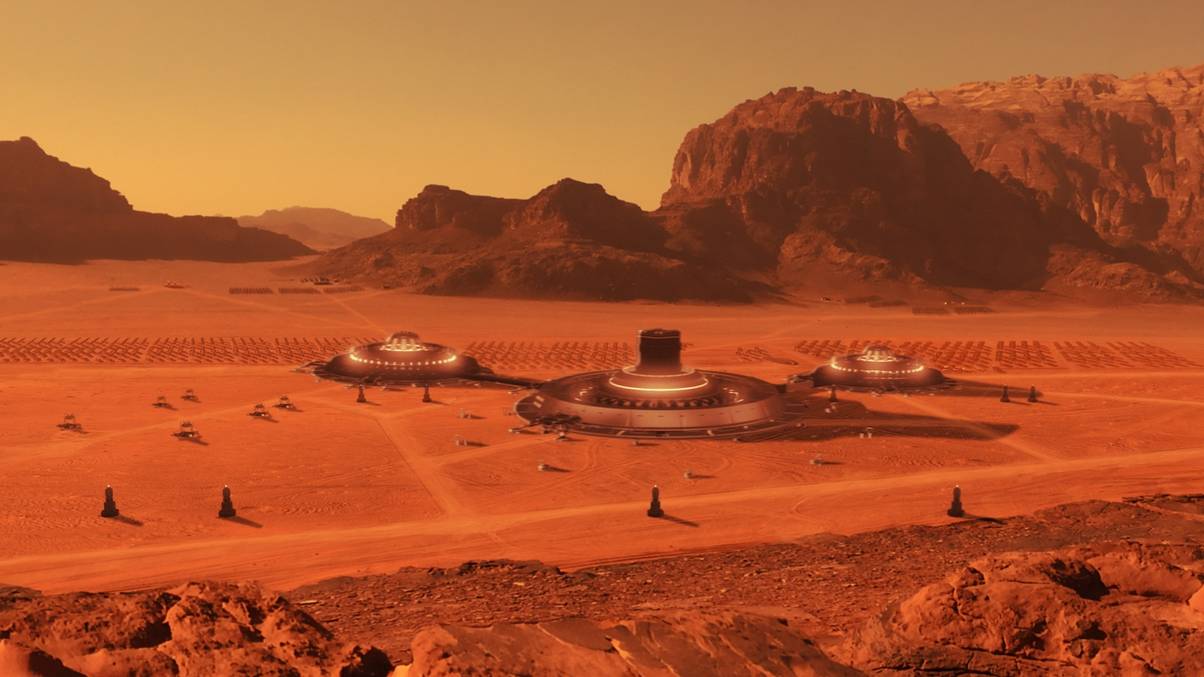Could Tiny Black Holes Be Lurking Unseen Inside Your Home? Scientists Reveal Startling Possibility!
Ever stop to wonder why your socks keep disappearing into the great unknown? What if I told you it isn’t just the dryer’s secret black hole but possibly a cosmic one lurking right in your living room? Yep, scientists are tossing around the wild idea that tiny black holes—called primordial black holes—could be zipping through our homes and even passing beneath our feet without so much as a hiccup. Unlike the monstrous, star-devouring beasts in space flicks, these miniature voids from the dawn of the universe might be as common as dust bunnies, sneaking around Earth at speeds you wouldn’t feel, and maybe explaining where all those missing socks really end up. Crazy to think you might be sitting on one right now—but don’t panic, they’re not about to suck you into oblivion. Intrigued? LEARN MORE
Scientists believe that we could have black holes in our homes and not even realise it after studying the giant, destructive forces.
Black holes are things that you wouldn’t want to get close to as they are obsidian voids that destroy anything that has the misfortune of moving towards it.
But some of those very voids could be in your home, maybe even stealing your socks so you’ve constantly got to go out and replace them.
As per scientists, they think the universe is full of a variant of black holes, called primordial black holes, with some even thinking there could be as many as 1,000 moving through each square metre of Earth every year – creepy.
You could even be sitting on one, right now.
But fear not, it’s not going to suck you in, because it’s a little different to its doomsday counterpart.

Primordial black holes could be in your home (Pitris / Getty)
What are primordial black holes?
Primordial black holes are very much like the ones you see in movies, but they’re created at the start of the universe just one second after the Big Bang.
Some theories believe that primordial black holes occurred within a fraction of a second after the Big Bang exploded and created everything that we know.
As space was not the same in every section, with some areas being more sense and hotter, those areas possibly could have collapsed to create black holes, which may still be on Earth today.
Dr De-Chang Dai, a black hole researcher from Yangzhou University, China, told MailOnline: “Primordial black holes are black holes created soon after the Big Bang.
“At this period, the temperature and energy density of the universe were very high.”
So, when the dense areas were pushed together during the Big Bang, they could have formed black holes.
How do primordial black holes differ from normal black holes?
These black holes are different from normal black holes in a major way: they’re miniscule.
Calculated by Stephen Hawking to be approximately between 100,000 times less than a paperclip to 100,000 times greater than the sun, the black holes have the ability to be small enough not to destroy the world as they move through it before evaporating.
They also radiate very little energy compared to massive black holes, and would also do little to no damage if they travelled through a person’s body, even at the estimated speed of 180 miles per hour.

These black holes are miniscule (MARK GARLICK/SCIENCE PHOTO LIBRARY / Getty)
What have scientists said about primordial black holes?
Scientists have said a lot about these mini black holes, with Professor Dejan Stojkovic, a black hole physicist from the University at Buffalo, telling the outlet that primordial black holes could be what scientists have been referring to as Dark Matter.
Scientists used to think that black holes would eventually evaporate as time went on, but there actually might be a limit to just how much it disappears until they become a stable mass.
This means that they could actually be much smaller than what researchers previously thought, with professor Stojkovic suggesting that primordial black holes that were created after the Big Bang might have shrunk down to become ‘Planck mass remnants’, weighing 10 micrograms.
MIT researchers stated last year that if it is found that these black holes are the root of all dark matter, it could mean big things for science and how they understand the theory as a whole.
“Even though these short-lived, exotic creatures are not around today, they could have affected cosmic history in ways that could show up in subtle signals today,” says David Kaiser, the Germeshausen Professor of the History of Science and professor of physics at MIT. “Within the idea that all dark matter could be accounted for by black holes, this gives us new things to look for.”



















